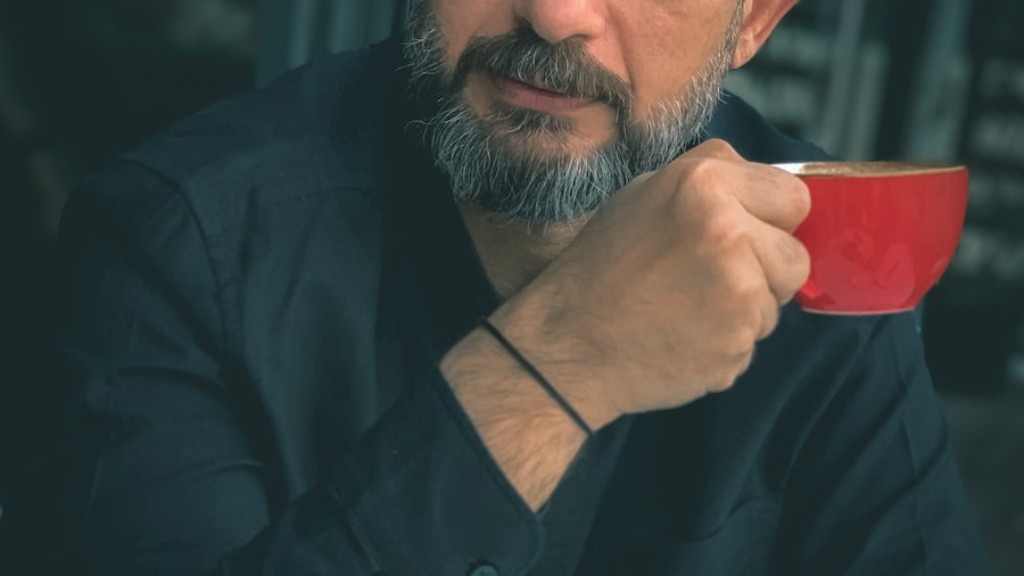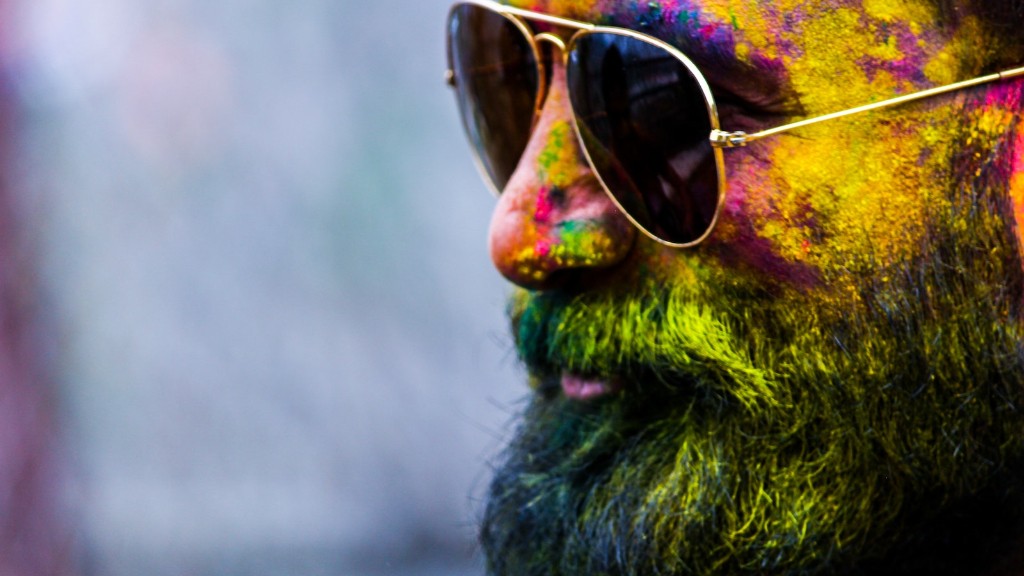Although beards are not typically used for hair transplants, there is a small chance that it could work. The biggest factor would be the quality and thickness of the beard hair. If the beard hair is of good quality and is thick enough, then it is possible that it could be used for a hair transplant. The transplant doctor would need to assess the patient’s hair and see if the beard hair is a good option.
Beard hair can be used for a hair transplant. The beard contains coarse hairs that are ideal for covering bald spots or areas of thin hair. transplanted beard hair will continue to grow and will require regular trimming.
Can I use beard hair for a hair transplant?
Beard hair can be used for a variety of applications to transplant the scalp with good results. Many patients will be able to provide 3,000-5,000 grafts from their beard region. This is a great option for those who are not able to use traditional methods of hair transplantation.
FUE and DHI are two of the most popular techniques for beard transplantation. The success rate for this type of surgery is typically between 80% and 90%. The number of beard transplant surgeries performed each year is increasing globally.
What hair can be used for hair transplant
Hair transplant is a surgical procedure that involves taking hair follicles from one part of the body and transplanting them to another part of the body. Most of the hair on human body is vellus hair, which is very fine and cannot be used for hair restoration. The androgen sensitive hair in beard, trunk, axillae, and pubis develops into terminal hair with the onset of puberty; this is suitable for body hair transplant.
Facial hair transplants can be a great option for those looking to improve their appearance. The cost can vary depending on the number of hairs transplanted and the patient’s specific needs, but typically ranges from $3,000 to $15,000. There are different payment options available, and many patients feel the results are well worth the expense.
How many grafts can be extracted from beard area?
The beard can be a great source of donor hair for the Follicular Unit Extract (FUE) harvesting technique. This method uses sharp punches and shallow insertions of up to 2mm deep to extract the follicles. The beard can provide between 3000 to 5000 single follicular grafts.
Hair transplantation is a surgical procedure that involves taking hair follicles from one area of the body and transferring them to another area. The most common type of hair transplantation is scalp hair transplantation, but there are also other types, such as eyebrow hair transplantation and beard hair transplantation.
There are some types of hair, however, that are not suitable for hair transplantation. This includes arm and leg hair, pubic hair, underarm hair, and abdominal hair. These types of hair are not as strong as scalp hair, and they will not survive the transplantation process. Additionally, these types of hair are not typically desired in the transplanted area.
Does transplanted hair grow forever?
If you are worried about balding, it is good to know that the back and sides of your scalp are not affected. These areas are known as the donor area and hair from these areas can be transplanted to balding areas. The transplanted hair will eventually start growing and will continue to do so for the rest of your life.
Beard transplants are a cosmetic procedure to help create the look of a full beard. The cost of the procedure can vary depending on the size and extent of the transplant, as well as the location of the clinic.
Does hair transplant ever fail
A hair transplant is a surgery that moves hair from one part of the body to bald or balding areas. It is most commonly used to treat male pattern baldness. In this procedure, grafts containing hair follicles that are genetically resistant to balding are transplanted to bald scalp.
While hair transplants are generally considered safe, there is always a risk of complications and side effects. In rare cases, a hair transplant can fail due to a variety of circumstances, such as poor healing, infection, or shock loss.
If you are bald or have large bald areas, hair restoration may not be the best option for you. While it is common for some bald men to desire hair restoration, large bald areas cannot reach full coverage by a hair transplant. If you are considering hair restoration, it is best to consult with a doctor or specialist to see if it is the right option for you.
What is the failure rate of hair transplant?
A graft is a piece of tissue that is taken from one area of the body and transplanted to another area. In the case of a hair transplant, a graft is a piece of skin that contains hair follicles. The graft is transplanted to the area of the scalp that is balding or thinning.
Clinical studies have shown that about 85-95% of all transplanted grafts will grow in the transplanted area. This high percentage indicates that hair transplants are generally very successful. Some patients fear that, like other transplants, there will be a phenomenon of rejection called a graft. However, this is not the case with hair transplants. The success rate is high and rejection is rare.
Hair transplant is not recommended for people with active alopecia areata (AA), even if they also have PHL. Surgery may trigger a recurrence of AA, and the transplanted hair may be affected by the condition. If a person has had no active AA for an extended period (two or more years), the risk of hair transplant is reduced but not eliminated.
How many hair grafts do you need for a full head
This is just an estimate, as the actual number of grafts needed will vary depending on the specific case. For example, someone with very thin hair may need more grafts to achieve the desired results, while someone with thicker hair may need fewer. Ultimately, your hair transplant surgeon will be able to give you a more accurate estimate of the number of grafts needed once they have assessed your individual case.
A healthy scalp can show hair growth at the donor site within a few months. Although the recipient site often loses hair for a while, its roots will stay. After all, healthy new hair will grow in the coming months.
How many hair grafts does the average man have?
Although every patient is different, the average patient has ~ 6000 grafts available in his/her donor area for transplantation. This can give the patient a fair amount of coverage, but it is not perfect. There are still some areas that may be bald or have very thin hair.
A single hair graft can contain anywhere from one to five hair follicles, and the average hair-to-graft ratio is between 18 and 22. That being said, 3000 grafts would contain a total of 5,400 to 6,600 hairs.
Warp Up
There is no definitive answer to this question as it depends on a number of factors, including the type of beard and the condition of the hair follicles. Some hair transplant surgeons may recommend using beard hair for the procedure, while others may not. It is best to consult with a hair transplant surgeon to determine if beard hair can be used for your particular case.
There is no definitive answer to this question as it depends on the individual case. Some people may find that beard hair can be used for a successful hair transplant, while others may not have as much success. Ultimately, it is up to the individual to consult with a doctor to determine if beard hair can be used for their specific case.





